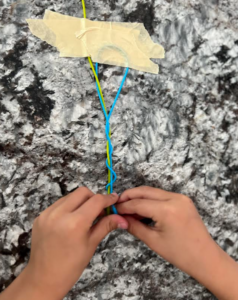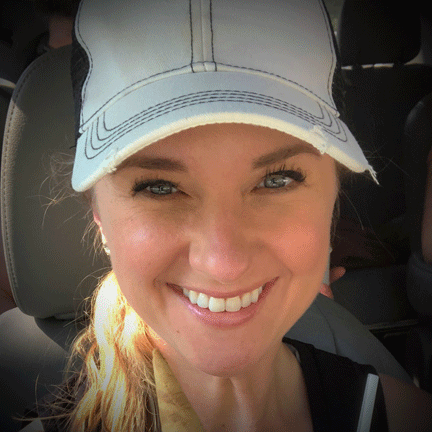“Just keep swimming.” This popular quote, which Dory chants in the movie Finding Nemo, is often used to remind students to keep going with something that gets difficult, to push on through and to persevere. Yet, is this message enough to inspire our students to stick with something when it gets challenging?
My daughter recently expressed an interest in learning to braid. While playing with her doll collection, she shared her vision of braiding the dolls’ hair as they sit in salon chairs. She proceeded to watch as I braided one doll’s hair and secured the hair tie so she could see it. A few minutes later, I could hear the frustration in my daughter’s voice as she tried to braid another doll’s hair. Before the words Keep going left my mouth, I paused to consider what she needed to move forward. She was invested in learning to braid and had an example of a braid in sight. Was she aware that I was there to assist her in the learning experience? Did she know that there are other materials she can use to practice and learn the braiding technique?
All too often, our students get stuck. They look to us for guidance and support in removing the stickiness from the experience before they give up. When we observe our students giving up and hear the frustrations, before saying the standard Keep going!, pause, look around, and ask yourself these questions:
Do our students…
- have a purpose? Do the students know their why for engaging in the task?
- If so, ask them to say it and have them write it down.
- If not, prompt them to consider the reasons why the task is important and meaningful to them in their life.
- have a vision? Do the students know what they are working toward? How will they know they have successfully achieved the task?
- If they do know, encourage them to create or print an image of the vision and post it in their work environment.
- If they don’t know, work with them to collect and display options of what the vision could look like and ask them to choose one. Then have them post it in their work environment.
- have a mentor? Do the students have someone they can look to for guidance, feedback, and advice? Someone who will be their accountability buddy and provide frequent check-ins?
- If so, help the student schedule times and co-create action steps for sharing with the mentor throughout the process.
- If not, help the student find someone who is knowledgeable in that area and accessible for support throughout the process.
- have a variety of options? Do the students have additional tools and materials, techniques, and strategies available for them to use when one way doesn’t work well or when they get stuck?
-
- If so, invite the students to consider these materials and list these techniques and strategies in a central location for easy access.
- If not, help students gather additional materials, strategies, and techniques. Watch videos online to see how others are engaging in the task differently. Interview others with experience and collect ideas for revising the approach to the task.
Yes, my daughter had a purpose for learning to braid—to braid her doll’s hair. Yes, my daughter had a vision for achieving the braid—the model braid on the doll.
Does she have someone she can look to for guidance, feedback, and advice? Noticing that she didn’t follow through with asking me for support with another trial of the braid, I encouraged her to reach out to me or her grandmother as she continues learning how to braid.
Does she have additional tools and materials, techniques, and strategies available to use when one way doesn’t work well or when she gets stuck? She kept trying to braid the doll’s hair but was frustrated that there was too much hair to work with. If you always do what you’ve always done, you’ll always get what you’ve always got. This saying reminds us of the importance of trying new ways, new tools, when a challenge arises. So together we thought of other materials that would work for learning to braid—string, rope, pipe cleaners—and we gathered them in a central location of her workspace.

Observing our students on the verge of giving up and hearing the frustrations muttered from their mouths is hard for us as educators to witness. Our automatic response might be to support the students with words like Keep on going and You got this. But what if those words are not what they need to hear? Before saying the standard Keep going!, pause, look around, and ask yourself these four questions to respond with greater intentionality and impact on their perseverance. And if you answer Yes to all four questions, then by all means cheer on the student—Keep going, You got this, Just keep swimming!


